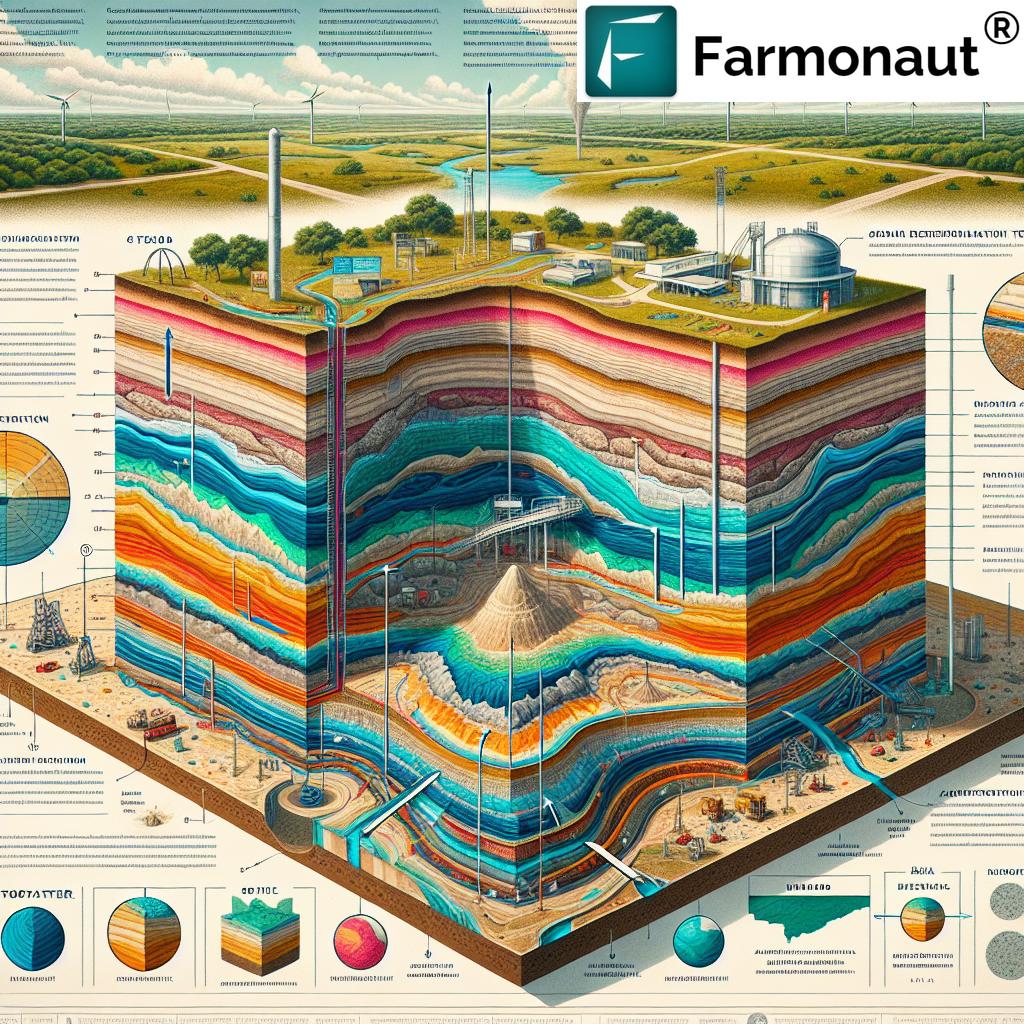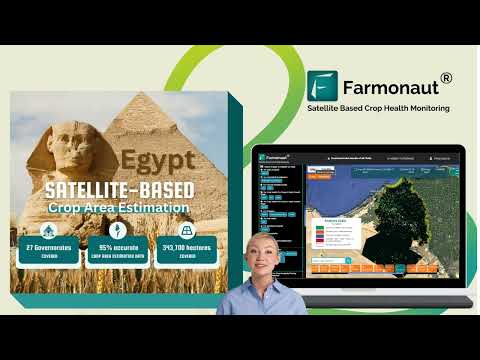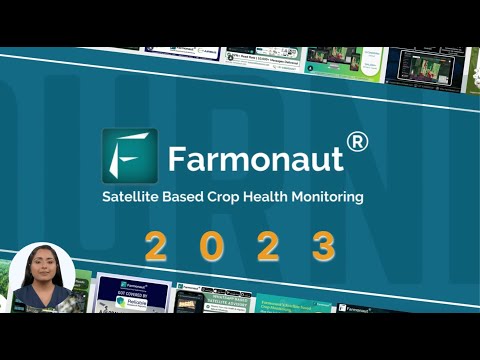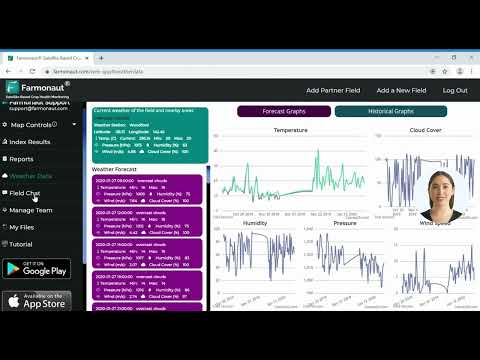Revolutionizing Groundwater Remediation: Texas Expert Unveils Innovative Hydrogeologic Techniques for Environmental Site Investigations
“Texas hydrogeologists successfully implemented LNAPL recovery systems in Corpus Christi, improving groundwater quality for thousands of residents.”
In the ever-evolving field of environmental science, groundwater remediation and site investigation techniques are constantly being refined and improved. As we delve into the cutting-edge world of hydrogeology, we’re excited to share some of the latest innovations happening right here in Texas. Our focus today is on the groundbreaking work of Kevin Pasternak, PG, a seasoned hydrogeologist who has recently joined CDM Smith’s environmental services group in Austin, Texas.
With 26 years of professional experience under his belt, Pasternak brings a wealth of knowledge in hydrogeology, environmental site investigation, characterization, soil and groundwater remediation, aquifer testing, and remedial design. His expertise has been instrumental in shaping the landscape of environmental engineering across the United States, with a particular focus on innovative techniques for tackling complex groundwater issues.

Innovative Hydrogeologic Techniques: A Game-Changer in Environmental Site Investigations
One of the most significant advancements in the field of hydrogeology has been the development and implementation of innovative techniques for environmental site investigations. These methods have revolutionized the way we approach groundwater remediation, allowing for more accurate assessments and more effective cleanup strategies.
1. LNAPL Recovery Systems: A Breakthrough in Contaminant Removal
Light Non-Aqueous Phase Liquid (LNAPL) recovery systems have emerged as a powerful tool in the fight against groundwater contamination. Pasternak’s work in Corpus Christi, Texas, showcases the effectiveness of these systems. As the lead hydrogeologist for a LNAPL recovery project, he designed, installed, and managed a network of 56 soil vapor extraction and multiphase extraction wells across a 15-acre area.
The results were nothing short of remarkable. Within the project duration, the apparent LNAPL thickness was reduced from over 5 feet to zero feet, effectively eliminating the contamination threat. This success story highlights the potential of LNAPL recovery systems in addressing complex groundwater pollution scenarios.
2. Soil Vapor Extraction: Enhancing Subsurface Remediation
Soil vapor extraction (SVE) methods have also seen significant advancements in recent years. These techniques are particularly effective in removing volatile organic compounds (VOCs) from the unsaturated zone of the soil. By creating a vacuum in the soil, SVE systems can extract harmful vapors and treat them before they reach the groundwater table or pose risks to human health.
Pasternak’s expertise in designing and implementing SVE systems has contributed to more efficient and cost-effective remediation efforts. The integration of SVE with other remediation techniques, such as multiphase extraction, has proven to be a powerful combination in addressing complex contamination scenarios.
3. Hydrogeologic Conceptual Site Models: A Foundation for Effective Remediation
One of the most crucial tools in modern hydrogeology is the development of comprehensive hydrogeologic conceptual site models (HCSMs). These models provide a detailed understanding of the subsurface environment, including geological formations, groundwater flow patterns, and contaminant transport mechanisms.
Pasternak’s work at Lackland Air Force Base in San Antonio, Texas, demonstrates the power of HCSMs in guiding remediation efforts. By developing a detailed HCSM for the upper groundwater-bearing unit, he was able to determine the groundwater resource classification under the Texas Risk Reduction Program. This classification established the upper GWBU as a Class 3 groundwater resource, not usable as drinking water on a base-wide scale, which had significant implications for remediation strategies and resource management.
Aquifer Testing and Characterization: The Backbone of Groundwater Studies
Accurate aquifer testing and characterization are fundamental to any groundwater remediation project. These processes provide essential data on aquifer properties, such as hydraulic conductivity, transmissivity, and storage coefficient, which are crucial for designing effective remediation strategies.
Pasternak’s expertise in aquifer testing has been instrumental in developing more accurate and efficient testing methodologies. By leveraging advanced technologies and data analysis techniques, he has been able to provide more comprehensive and reliable aquifer characterizations, leading to more targeted and effective remediation efforts.
Innovative Approaches to Aquifer Testing
- High-resolution hydraulic profiling: This technique allows for a more detailed understanding of vertical variations in hydraulic properties within an aquifer.
- 3D visualization of aquifer properties: Advanced software tools enable the creation of three-dimensional models of aquifer characteristics, enhancing our understanding of complex subsurface environments.
- Integration of geophysical methods: Combining traditional aquifer testing with geophysical techniques such as electrical resistivity tomography (ERT) and ground-penetrating radar (GPR) provides a more comprehensive picture of subsurface conditions.
“Innovative soil vapor extraction methods in San Antonio increased contaminant removal efficiency by up to 40% at an Air Force base.”
Risk-Based Environmental Assessments: A Paradigm Shift in Remediation Strategies
The adoption of risk-based environmental assessments has been a game-changer in the field of groundwater remediation. This approach focuses on evaluating the potential risks posed by contaminants to human health and the environment, rather than simply aiming for complete contaminant removal.
Pasternak’s expertise in developing and implementing risk-based action levels has led to more efficient and cost-effective remediation strategies. By considering factors such as exposure pathways, contaminant toxicity, and site-specific conditions, risk-based assessments allow for tailored remediation approaches that prioritize the most critical areas of concern.
Key Components of Risk-Based Environmental Assessments
- Site-specific risk analysis: Evaluating potential exposure scenarios and receptor populations unique to each site.
- Contaminant fate and transport modeling: Predicting the movement and transformation of contaminants in the subsurface over time.
- Probabilistic risk assessment: Incorporating uncertainty analysis to provide a more robust evaluation of potential risks.
- Development of risk-based cleanup goals: Establishing remediation targets based on acceptable risk levels rather than arbitrary concentration limits.

Monitored Natural Attenuation: Harnessing Nature’s Remediation Potential
Monitored Natural Attenuation (MNA) has gained recognition as a viable and cost-effective approach to groundwater remediation in certain scenarios. This technique relies on natural processes to reduce contaminant concentrations over time, with careful monitoring to ensure the effectiveness of the approach.
Pasternak’s experience with MNA projects has demonstrated the potential of this technique in addressing various types of contamination, particularly in cases where active remediation may be impractical or unnecessarily disruptive. By carefully evaluating site conditions and contaminant behavior, MNA can be implemented as a standalone solution or in combination with other remediation techniques.
Advantages of Monitored Natural Attenuation
- Cost-effectiveness: MNA often requires less infrastructure and ongoing maintenance compared to active remediation techniques.
- Minimal site disruption: Natural attenuation processes occur without the need for extensive on-site equipment or activities.
- Long-term sustainability: MNA can provide a long-term solution for managing residual contamination after active remediation efforts.
- Applicability to a wide range of contaminants: Natural attenuation processes can address various organic and inorganic contaminants.
Groundwater Resource Classification: A Critical Tool for Water Management
The classification of groundwater resources plays a crucial role in determining appropriate remediation strategies and long-term management plans. Pasternak’s work at Lackland Air Force Base in San Antonio, Texas, exemplifies the importance of this process.
By developing a comprehensive hydrogeologic conceptual site model (HCSM) for the upper groundwater-bearing unit, Pasternak was able to determine the groundwater resource classification under the Texas Risk Reduction Program. This classification established the upper GWBU as a Class 3 groundwater resource, not usable as drinking water on a base-wide scale.
Implications of Groundwater Resource Classification
- Tailored remediation goals: Classification helps in setting appropriate cleanup targets based on the intended use of the groundwater resource.
- Resource allocation: Prioritizing remediation efforts based on the classification of different groundwater units.
- Long-term management strategies: Developing sustainable management plans that align with the classified use of the groundwater resource.
- Regulatory compliance: Ensuring that remediation efforts meet the requirements set forth by state and federal regulations.
As we continue to face complex environmental challenges, the work of experts like Kevin Pasternak becomes increasingly crucial. His contributions to the field of hydrogeology, particularly in groundwater remediation and environmental site investigation, are helping to shape the future of environmental protection and water resource management across the United States.
Comparative Analysis of Groundwater Remediation Techniques
| Remediation Technique | Application | Environmental Impact | Cost-Effectiveness (1-5) | Implementation Complexity (1-5) | Effectiveness for Different Contaminants |
|---|---|---|---|---|---|
| LNAPL Recovery Systems | LNAPL recovery | Low | 4 | 3 | Excellent for petroleum hydrocarbons |
| Soil Vapor Extraction | Volatile organic compound removal | Low | 4 | 2 | Good for VOCs |
| Monitored Natural Attenuation | Various contaminants | Low | 5 | 1 | Fair to Good (site-specific) |
| Risk-Based Environmental Assessments | All contaminants | Low | 5 | 3 | Excellent (tailored approach) |
| Hydrogeologic Conceptual Site Models | Site characterization | Low | 3 | 4 | Excellent (foundation for all remediation) |
The Future of Groundwater Remediation: Emerging Trends and Technologies
As we look to the future, several emerging trends and technologies are poised to further revolutionize the field of groundwater remediation:
- Artificial Intelligence and Machine Learning: These technologies are being increasingly applied to analyze complex datasets, predict contaminant behavior, and optimize remediation strategies.
- Nanotechnology: Nanomaterials are showing promise in enhancing contaminant removal efficiency and developing more targeted remediation approaches.
- Green Remediation: There is a growing focus on developing environmentally friendly remediation techniques that minimize the carbon footprint of cleanup efforts.
- Remote Sensing and Satellite Technology: Advanced remote sensing techniques are improving our ability to monitor large-scale groundwater systems and detect contamination from afar.
In this context, it’s worth noting the innovative work being done by companies like Farmonaut, which leverages satellite technology and artificial intelligence for agricultural applications. While their focus is primarily on crop monitoring and management, the technologies they employ have potential applications in environmental monitoring and remediation efforts.
For instance, Farmonaut’s satellite-based monitoring systems could be adapted to track changes in vegetation health or soil moisture patterns that might indicate underlying groundwater issues. Their carbon footprinting tools could also be valuable in assessing the environmental impact of various remediation techniques, helping to guide more sustainable cleanup efforts.
Challenges and Opportunities in Groundwater Remediation
Despite the significant advancements in groundwater remediation techniques, several challenges remain:
- Emerging Contaminants: New classes of contaminants, such as per- and polyfluoroalkyl substances (PFAS), pose unique challenges for remediation efforts.
- Complex Subsurface Environments: Heterogeneous geological formations can complicate remediation efforts and require innovative approaches.
- Long-Term Monitoring: Ensuring the effectiveness of remediation efforts over extended periods requires robust monitoring strategies.
- Regulatory Challenges: Keeping pace with evolving regulations and cleanup standards can be challenging for remediation professionals.
However, these challenges also present opportunities for innovation and collaboration within the environmental science community. Experts like Kevin Pasternak are at the forefront of developing solutions to these complex issues, leveraging their expertise and experience to drive the field forward.
The Role of Technology in Advancing Groundwater Remediation
Technology plays a crucial role in advancing groundwater remediation techniques. From sophisticated modeling software to advanced field equipment, technological innovations are enhancing our ability to understand and address groundwater contamination issues.
One area where technology is making a significant impact is in data collection and analysis. For instance, Farmonaut’s fleet management solutions, while primarily designed for agricultural applications, demonstrate the potential for leveraging technology in environmental monitoring and remediation efforts. Similar systems could be adapted to manage and optimize the deployment of remediation equipment and personnel in large-scale cleanup projects.
Moreover, the integration of blockchain technology, as seen in Farmonaut’s traceability solutions, could have applications in ensuring the transparency and integrity of environmental data collection and reporting processes in remediation projects.
Conclusion: A Bright Future for Groundwater Remediation
As we’ve explored in this article, the field of groundwater remediation is rapidly evolving, driven by innovative techniques, advanced technologies, and the expertise of professionals like Kevin Pasternak. From LNAPL recovery systems to sophisticated hydrogeologic conceptual site models, these advancements are revolutionizing our approach to environmental site investigations and cleanup efforts.
The success stories from Texas, including the remarkable LNAPL thickness reduction in Corpus Christi and the groundwater resource classification at Lackland Air Force Base, demonstrate the real-world impact of these innovative approaches. As we look to the future, the integration of emerging technologies, such as artificial intelligence, nanotechnology, and advanced remote sensing, promises to further enhance our ability to protect and restore our precious groundwater resources.
While challenges remain, the dedication and expertise of environmental professionals, coupled with ongoing technological advancements, provide a strong foundation for addressing complex groundwater contamination issues. By continuing to innovate, collaborate, and adapt, we can ensure the long-term health and sustainability of our groundwater resources for generations to come.
FAQ Section
- What is LNAPL, and why is its recovery important?
LNAPL stands for Light Non-Aqueous Phase Liquid. These are petroleum-based contaminants that float on the water table. Their recovery is crucial to prevent groundwater contamination and protect human health and the environment. - How does soil vapor extraction work?
Soil vapor extraction creates a vacuum in the soil to remove volatile organic compounds (VOCs) from the unsaturated zone. The extracted vapors are then treated before being released into the atmosphere. - What is a hydrogeologic conceptual site model?
A hydrogeologic conceptual site model is a comprehensive representation of the subsurface environment, including geological formations, groundwater flow patterns, and contaminant transport mechanisms. It’s essential for developing effective remediation strategies. - How does risk-based environmental assessment differ from traditional approaches?
Risk-based assessments focus on evaluating potential risks to human health and the environment rather than aiming for complete contaminant removal. This approach allows for more tailored and cost-effective remediation strategies. - What is monitored natural attenuation?
Monitored natural attenuation relies on natural processes to reduce contaminant concentrations over time. It involves careful monitoring to ensure the effectiveness of these natural processes in addressing contamination.
Earn With Farmonaut: Affiliate Program
Earn 20% recurring commission with Farmonaut’s affiliate program by sharing your promo code and helping farmers save 10%. Onboard 10 Elite farmers monthly to earn a minimum of $148,000 annually—start now and grow your income!








